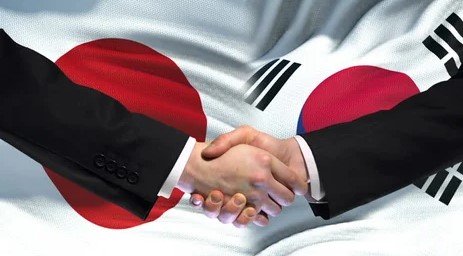Pakistan and Saudi Arabia signed a mutual defense pact on September 17, 2025, in Riyadh, promising to treat any attack on one as an attack on both. This deal raises questions about nuclear protection and shifts power in the Middle East amid rising tensions with Israel and fading U.S. support.
Pact Details and Background
The agreement builds on decades of close ties between the two nations. Saudi Arabia has long helped Pakistan with money and oil during tough times, like after Pakistan’s 1998 nuclear tests.
Pakistan faced U.S. sanctions back then, but Saudi aid worth billions kept its economy afloat. Now, this pact formalizes military support, including joint training and possible troop deployments.
Recent reports show Pakistan plans to send about 25,000 soldiers to Saudi Arabia for security duties. In return, Saudi Arabia offers up to $10 billion in investments to boost Pakistan’s economy.

This move comes after Israel’s strikes on Qatar in 2025, which shook Gulf states. Saudi leaders saw the U.S. response as weak, pushing them to seek new allies.
Nuclear Questions Loom Large
Many experts wonder if the pact extends Pakistan’s nuclear shield to Saudi Arabia. Pakistan’s defense minister stated that all capabilities, including nuclear ones, would be available if needed.
This could deter threats from Israel or Iran. Pakistan has a strong nuclear arsenal, tested since 1998, with missiles that can reach far.
However, some analysts say the nuclear talk is overblown. Extended deterrence is hard to achieve without clear details, and the pact lacks specifics on nuclear sharing.
- Potential nuclear risks: Sharing technology might lead to proliferation in the Middle East.
- Global reactions: The U.S. and India express concern over possible arms spread.
- Saudi goals: Riyadh seeks protection without relying solely on America.
Pakistan denies plans to share nukes but stresses the pact covers all defense means.
Impact on Middle East Geopolitics
The deal reshapes alliances in the region. Saudi Arabia diversifies away from U.S. protection, especially after recent conflicts.
Israel’s actions in Gaza and beyond have heightened fears. The pact might pull Pakistan into Middle East fights, complicating its relations with India.
India worries this strengthens Pakistan’s position. Tensions along the India-Pakistan border remain high, with recent clashes in 2025.
Other Arab nations could join similar pacts, creating a broader Islamic defense network. This challenges U.S. influence and boosts China’s role, as Pakistan has close ties with Beijing.
| Key Players | Role in Pact | Potential Benefits |
|---|---|---|
| Pakistan | Provides military and nuclear backing | Gets economic aid and regional clout |
| Saudi Arabia | Offers financial support | Gains defense against Israel and Iran |
| United States | Traditional ally to both | Faces reduced influence in Gulf |
| India | Rival to Pakistan | Sees threat to its security |
| Israel | Potential adversary | May face new deterrence |
This table highlights how the pact affects major nations.
Reactions from Around the World
Leaders worldwide have mixed views. The U.S. calls for clarity on nuclear aspects, urging restraint.
India’s government voiced unease, saying it could upset South Asian balance. Experts in think tanks like RAND note the pact’s modest scope but warn of escalation risks.
On social media, users debate implications for global security. Some see it as a bold move against aggression, while others fear it sparks an arms race.
Recent events, like border clashes between Pakistan and Afghanistan in October 2025, test Pakistan’s focus. A ceasefire brokered by Qatar and Turkey eased tensions, but it shows the pact’s broader effects.
What Happens Next
The pact’s future depends on how both countries implement it. Joint military exercises are planned for late 2025, building trust.
Challenges include differing priorities. Pakistan deals with internal issues, while Saudi Arabia focuses on oil security.
Analysts predict more deals if tensions rise. For now, the agreement signals a new era of partnerships outside traditional Western alliances.
Share your thoughts on this pact in the comments below. Does it make the world safer or riskier? Spread the word by sharing this article with friends.
